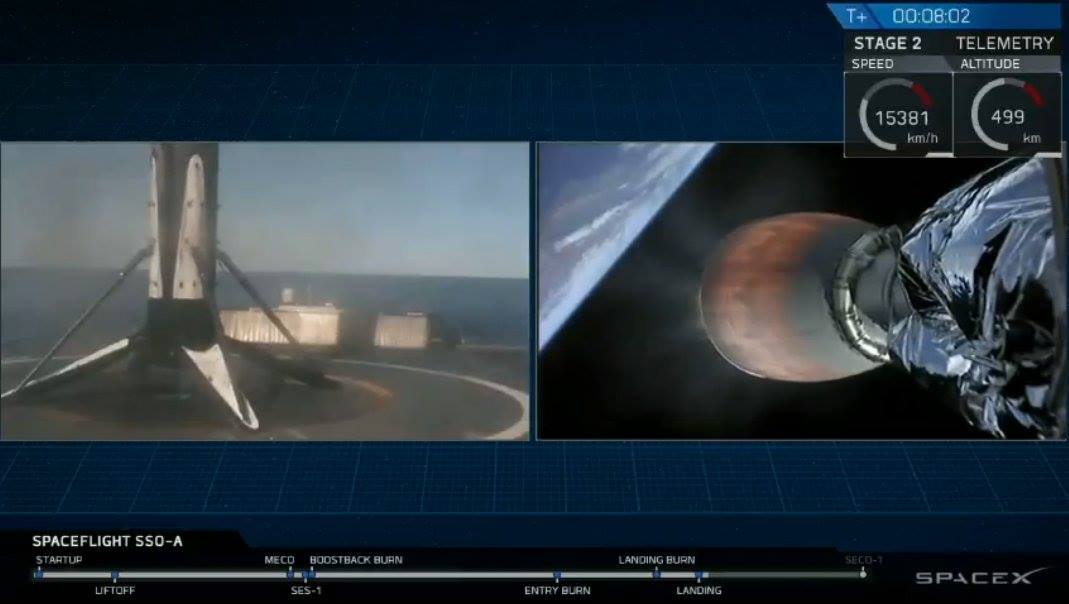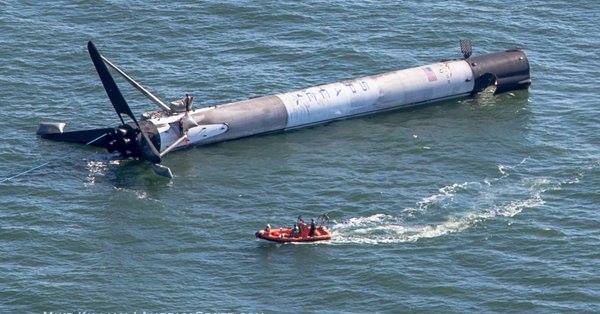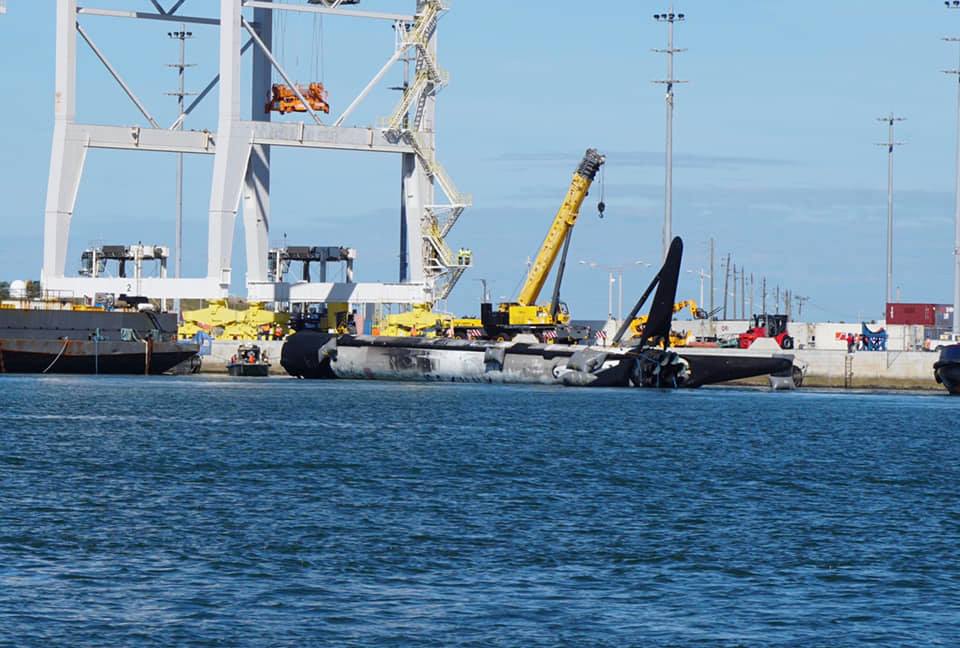SpaceX is looking to fly and operate a Research and Development (R&D) Vertical Takeoff, Vertical
Landing (VTVL) vehicle at its South Texas location. The vehicle will take off, ascend vertically to a low
altitude, and then descend back to its original landing spot. While the vehicle is in the air, it is important
to have communications with the vehicle for two main reasons:
1. Downlink: SpaceX can view the data in real‐time and ensure that all parameters remain
nominal.
2. Uplink: If there is an anomaly, SpaceX needs the ability to command the vehicle into a safe state
(as a backup to its onboard safety systems).
Thus, to ensure both a safe and useful test, it is important for SpaceX to maintain a bidirectional RF link
between the control center and the vehicle.
SpaceX wishes to use the same transmitters on the VTVL vehicle that it uses on its other vehicles. The
major difference is that the ERP is reduced on this vehicle by two orders of magnitude. This transmitter
has been demonstrated to be very safe and reliable under both flight and test conditions and the
regulatory agencies involved (both FAA and FCC) are familiar with the hardware and frequencies.
The tests themselves are divided into low‐altitude and higher‐altitude tests. The low‐altitude tests stay
below 500 meters in altitude and last approximately 100 seconds. These tests will be run approximately
three times per week during the initial portion of the program. The higher‐altitude tests can go as high
as 5 km and will occur approximately once per week. These tests last approximately 6 minutes.
Please note that SpaceX is also applying for an experimental permit from the FAA in order to gain
permission to run these VTVL tests.






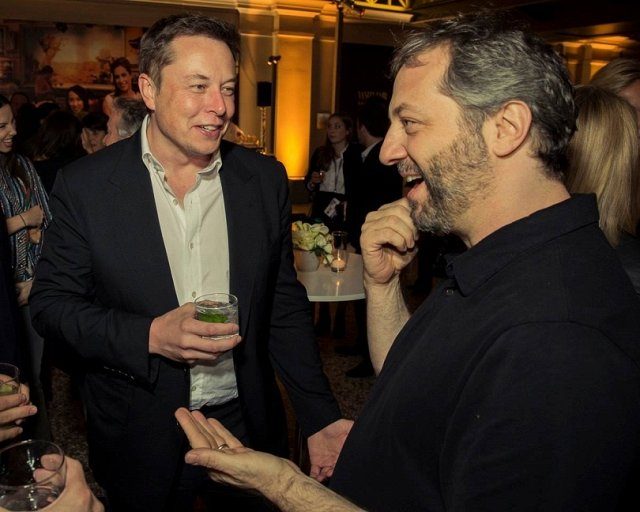
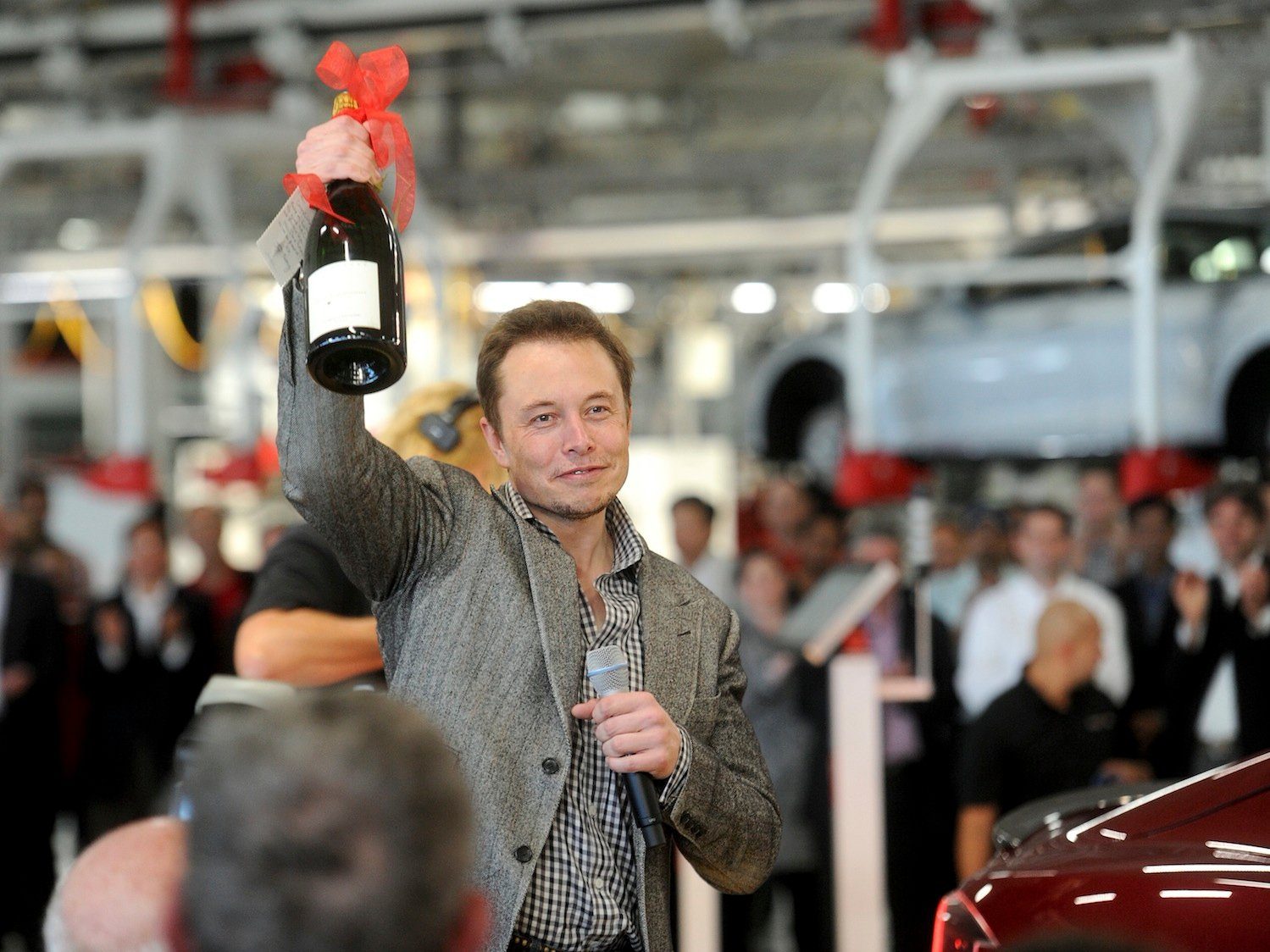
 .
.
